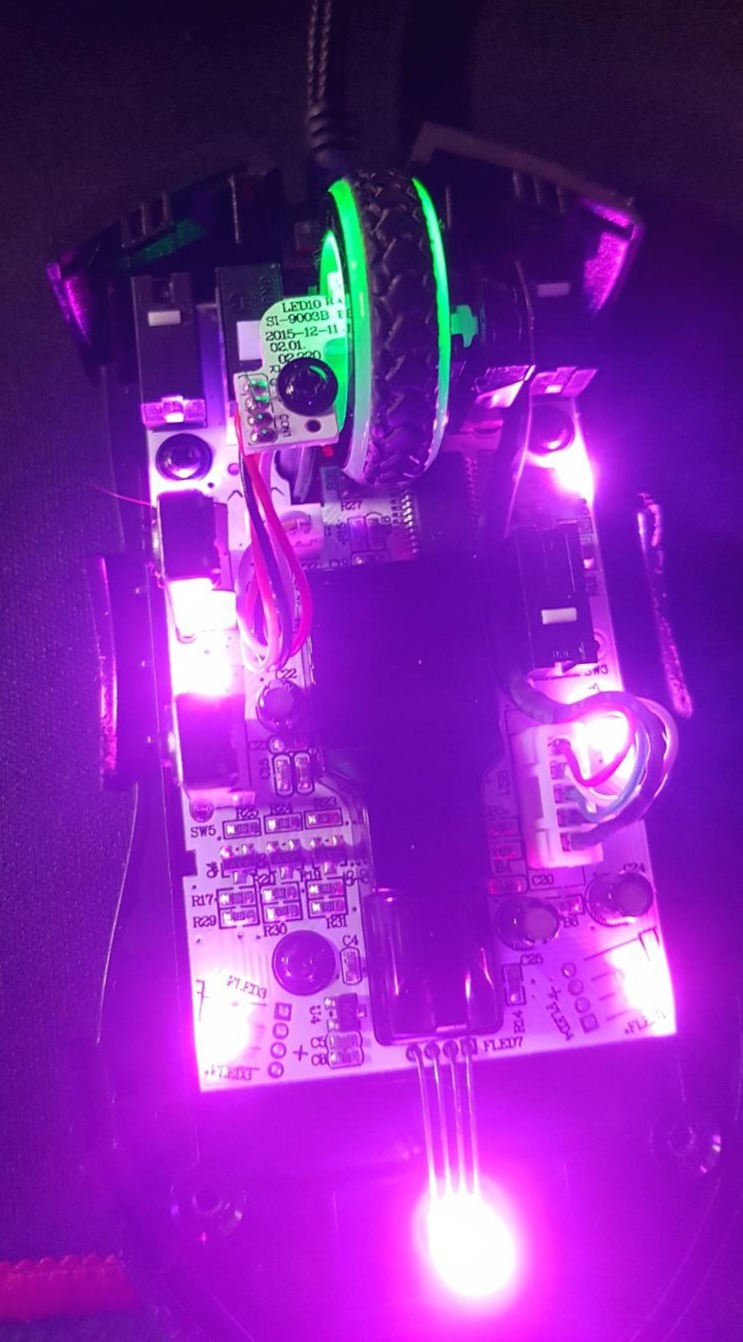Notice
Recent Posts
Recent Comments
Link
| 일 | 월 | 화 | 수 | 목 | 금 | 토 |
|---|---|---|---|---|---|---|
| 1 | 2 | 3 | 4 | 5 | ||
| 6 | 7 | 8 | 9 | 10 | 11 | 12 |
| 13 | 14 | 15 | 16 | 17 | 18 | 19 |
| 20 | 21 | 22 | 23 | 24 | 25 | 26 |
| 27 | 28 | 29 | 30 | 31 |
Tags
- pandas
- C#
- windows forms
- Linux
- VS Code
- C
- Numpy
- 채보
- C++
- JSON
- 오류
- mysql
- 핑거스타일
- nvidia-smi
- Selenium
- 컨테이너
- paramiko
- pytorch
- 기타 연주
- OpenCV
- pip
- error
- 프로그래머스
- Python
- Docker
- ubuntu
- SSH
- YOLO
- label
- Visual Studio
Archives
- Today
- Total
기계는 거짓말하지 않는다
YOLO 텍스트 라벨을 이미지에 bbox 표시, 시각화 본문
YOLO 텍스트로 된 라벨 bbox를 이미지에 표시하는 샘플 코드이다.
다른 용도로 변형 가능하며, 경로는 사용자에 맞게 바꿔야 한다.
import os
import glob
import cv2
import shutil
import numpy as np
# opencv 한글 경로 읽을 수 있도록
def imread(file_path):
f = open(file_path.encode("utf-8"), "rb")
bytes = bytearray(f.read())
npArr = np.asarray(bytes, dtype=np.uint8)
return cv2.imdecode(npArr, cv2.IMREAD_UNCHANGED)
# image, label 짝 체크
def pair_img_label_check(img_path, label_path, log_path="./", log_name="none_pair_data.txt"):
img_ext = ["jpg", "jpeg", "png"]
img_path_list = []
check = True
for ext in img_ext:
temp_img_path_list = glob.glob(os.path.join(img_path, "*." + ext))
for temp_img_path in temp_img_path_list:
img_path_list.append(temp_img_path)
label_path_list = glob.glob(os.path.join(label_path, "*.txt"))
img_name_list = [os.path.split(os.path.splitext(img_path)[0])[1] for img_path in img_path_list]
label_name_list = [os.path.split(os.path.splitext(label_path)[0])[1] for label_path in label_path_list]
img_name_dict = {img_name: 1 for img_name in img_name_list}
label_name_dict = {label_name: 1 for label_name in label_name_list}
for img_name in img_name_list:
if not img_name in label_name_dict:
print("none pair img:", img_name)
with open(log_path + log_name, "a") as f:
f.write(f"img: {img_name}\n")
check = False
for label_name in label_name_list:
if not label_name in img_name_dict:
print("none pair label:", label_name)
with open(log_path + log_name, "a") as f:
f.write(f"label: {label_name}\n")
check = False
return check, img_path_list, label_path_list
# YOLO text label xmin, ymin, xmax, ymax로 변환
def calculate_points(image_width: int, image_height: int, x_center_scaling: float, y_center_scaling:float,
w_scaling:float, h_scaling:float):
w = w_scaling * image_width
h = h_scaling * image_height
xmin = (x_center_scaling * image_width) - int(w / 2)
ymin = (y_center_scaling * image_height) - int(h / 2)
xmax = (x_center_scaling * image_width) + int(w / 2)
ymax = (y_center_scaling * image_height) + int(h / 2)
return xmin, ymin, xmax, ymax
# 경로 변경 필요
origin_img_path = "/image_path"
origin_label_path = "/label_path"
log_path = "/log_path"
# dest_path_sub_dir = ["images", "labels"]
pair_check, img_path_list, label_path_list = pair_img_label_check(origin_img_path, origin_label_path, log_path=log_path)
if pair_check != True:
exit()
img_path_list.sort()
label_path_list.sort()
count = 0
for img_path, label_path in zip(img_path_list, label_path_list):
count += 1
if count % 100 == 0:
print(f"{count} / {len(img_path_list)}")
img = imread(img_path)
with open (label_path, "r") as f:
lines = f.readlines()
if len(lines) == 0 or lines[0].replace("\n", "") == "":
print("Empty label data: ", label_path)
else:
h, w, c = img.shape
for line in lines:
object_data = line.replace("\n", "").split(" ")
xmin, ymin, xmax, ymax = calculate_points(w, h, float(object_data[1]), float(object_data[2]), float(object_data[3]), float(object_data[4]))
img = cv2.rectangle(img, (int(xmin), int(ymin)), (int(xmax), int(ymax)), (0, 255, 0), 3)
cv2.imshow(label_path, img)
key = cv2.waitKey(0)
if key == ord('q'):
exit()
cv2.destroyAllWindows()
'AI' 카테고리의 다른 글
| torch Could not load library libcudnn_cnn_train.so.8. Error 오류 (0) | 2024.07.03 |
|---|---|
| YOLO 텍스트 라벨을 이용하여 Object Crop 이미지 저장 (0) | 2024.06.12 |
| PyTorch RuntimeError: Input type (~) and weight type (~) should be the same (0) | 2023.05.13 |
| TensorFlow keras model fit UnimplementedError: Graph execution error (0) | 2023.05.05 |
| torch load_state_dict model key 변경 (0) | 2023.02.03 |
Comments


